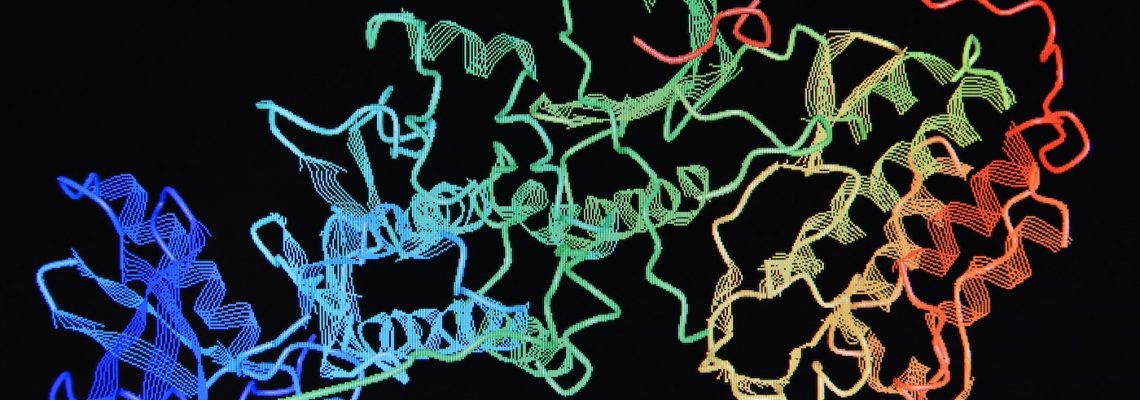Any biochemist who has worked with proteins understands the importance of purity. It is one of the best markers of quality for further experimentation and a host of downstream applications. Although the enormous concentration and variety of distinct proteins within even a single cell has complicated purification workflows in the past, effectively isolating key proteins of interest has largely become a routine process. However, this doesn’t mean that impurity screening is no longer essential.
This article should serve as a brief guide to the basics of protein analysis, encompassing what it entails, how we typically carry it out, and why it remains a crucial part of both analytical and preparative protein isolation.
Why Analyse Protein Purity?
Impure protein samples can be detrimental in a number of ways, contributing to experiment inaccuracies or affecting product performance. Let us look at a specific example.
Host cell proteins (HCPs) are process-related bi-products that must be strictly controlled to guarantee the efficacy of novel biotherapeutics. Biopharmaceuticals must be certified as free of impurities to meet regulatory clinical standards. In this context, all proteins within the cellular proteome besides that of interest are considered HCPs. Verifying the elimination of residual undesired HCPs is subsequently a mandatory step in the biopharmaceutical workflow. Hence the importance of protein purity analysis in preparative isolation.
Other common issues that arise as a direct result of poor protein purity include aggregation, degradation, misfolding, precipitation, and so on. Any one of these phenomena can be costly in analytical preparations, resulting in the loss of resources and time.
How to Perform Protein Purity Analysis?
Although there are several reliable techniques you can use to carry out protein purity analysis, few directly quantify the key protein of interest. Protein purity is more often inferred from the concentration of impurities in your sample, or guaranteed by their absence.
Ultraviolet-visible (UV-Vis) spectrophotometry, coupled with liquid chromatography, is a reliable tool for general quantification of total protein count. This relies on the intrinsic molar absorption of amino acids tyrosine and tryptophan to wavelengths of 260—280 nanometres (nm). Their peak absorbance is largely based on their position in amino acid chains as well as their concentration. UV absorbance subsequently offers a fairly reliable measure of known protein purity. Electrophoresis is another common technique used for general protein purity analysis.
However, certain applications—like for biologics mentioned above—require a more stringent attention to protein purity. Biochemists purifying difficult to isolate proteins or operating within fine margins often use target-specific methods such as enzyme-linked immunosorbent assays (ELISAs), or mass spectrometry liquid chromatography (LC-MS). Both techniques enable users to assess and quantify multiple proteins at varying concentrations simultaneously.
Protein Purity Analysis with Jordi Labs
At Jordi Labs, we deploy a wide range of tried-and-trusted methods in our protein purity analysis service. If you are looking for a partner to assist with custom isolations with absolute attention to purity/impurity concentration, simply contact a member of the Jordi team for more details.





